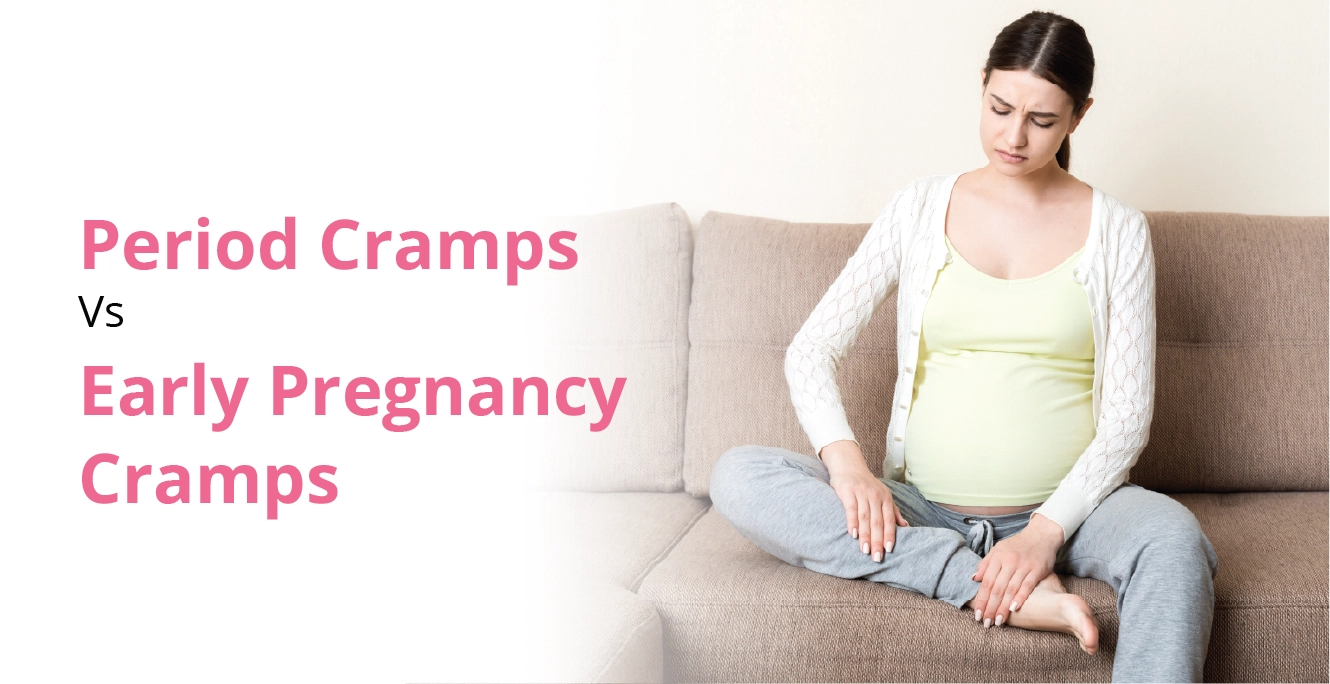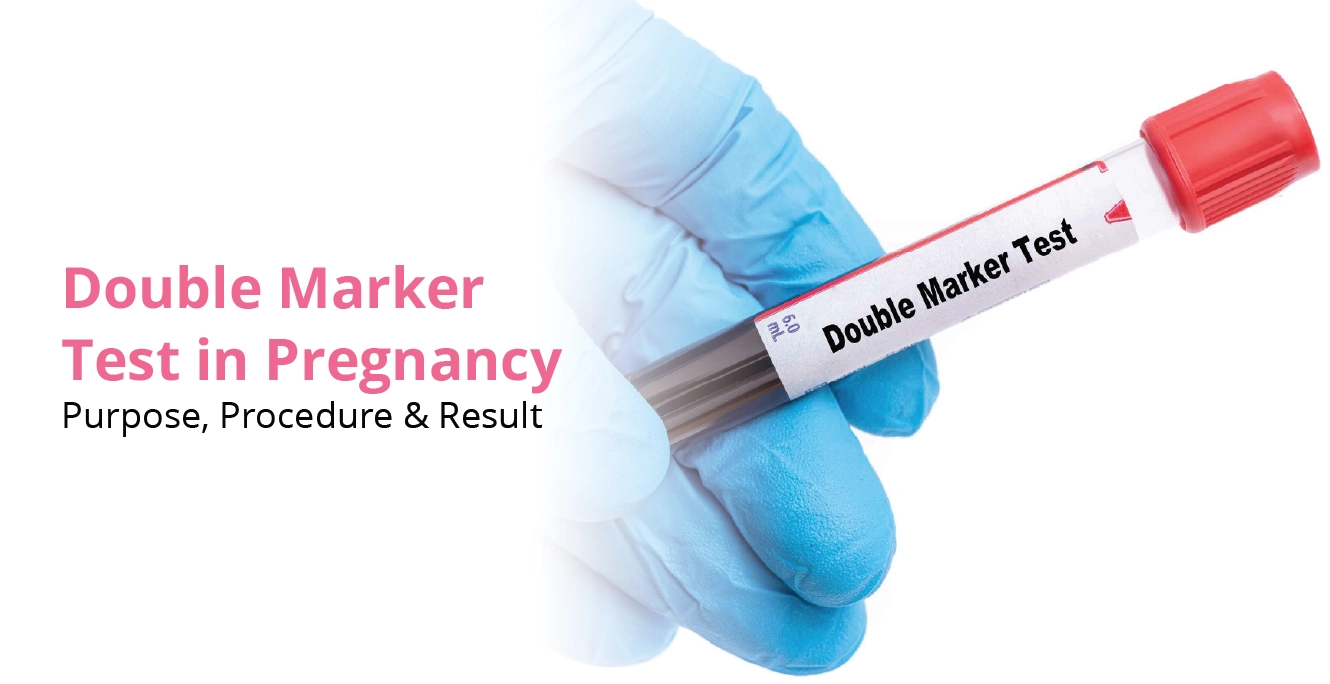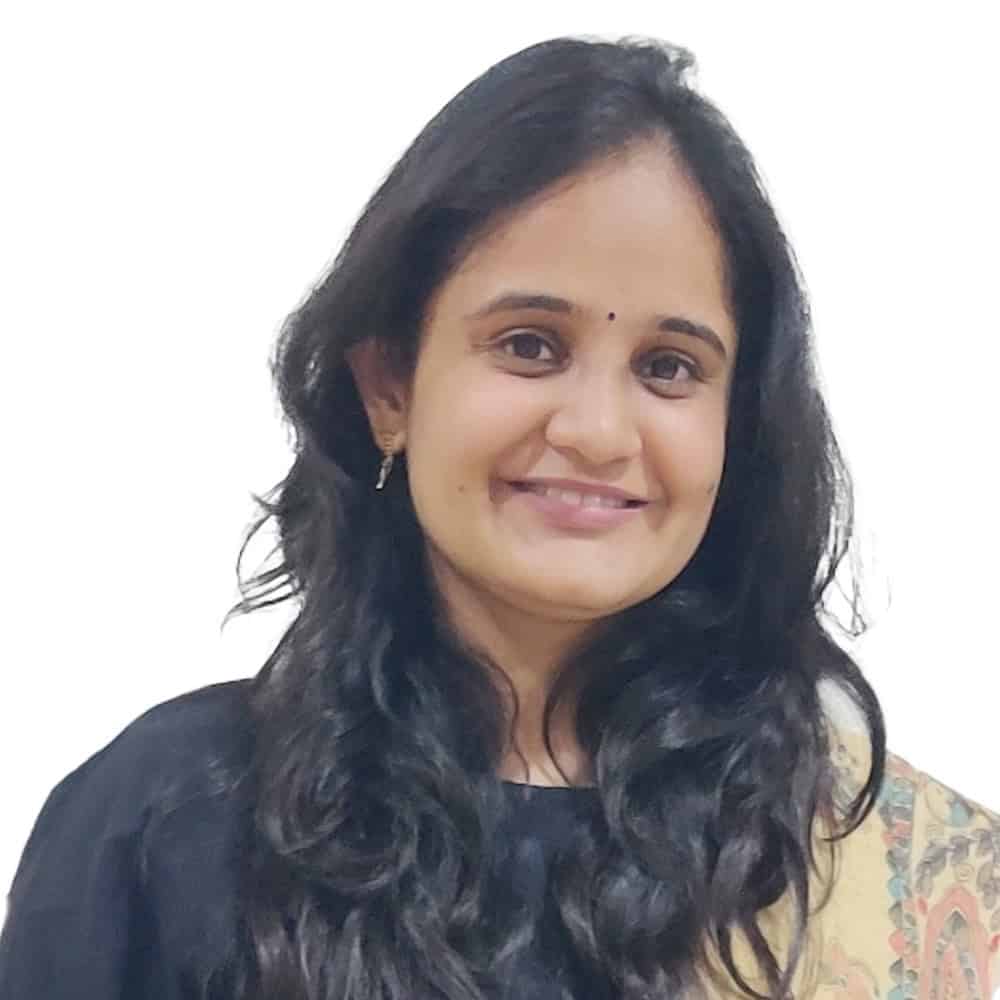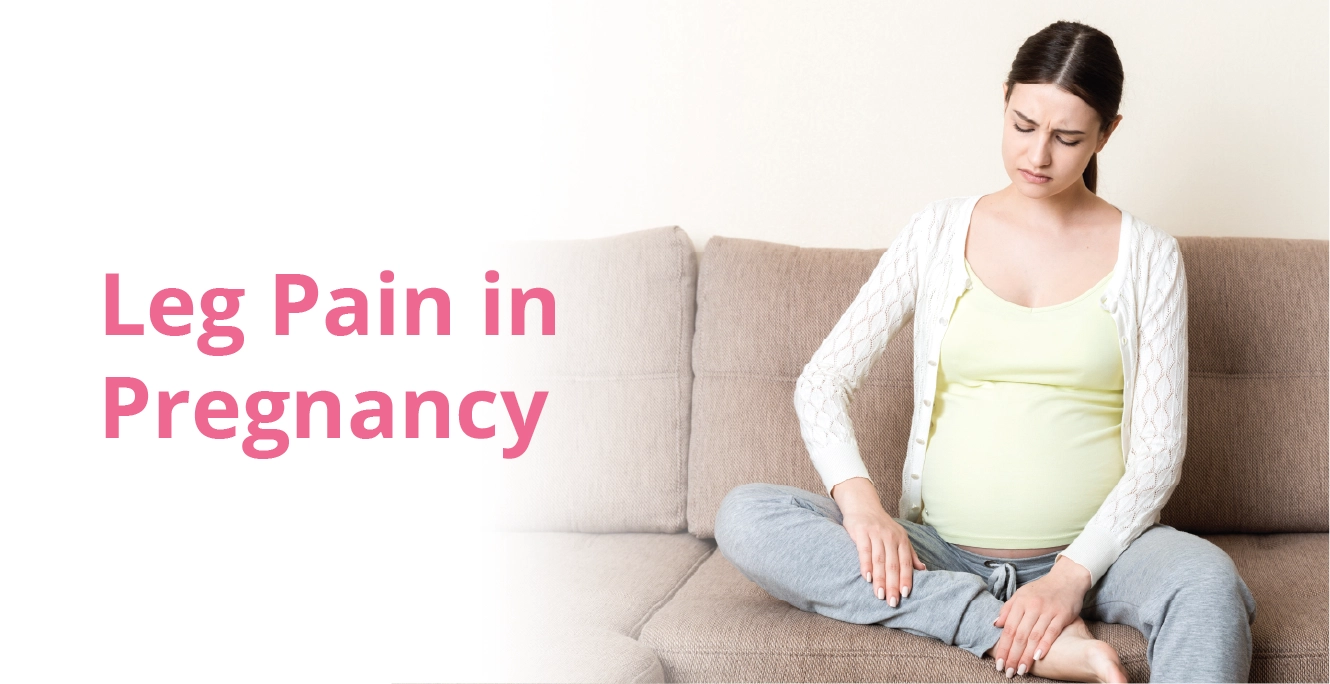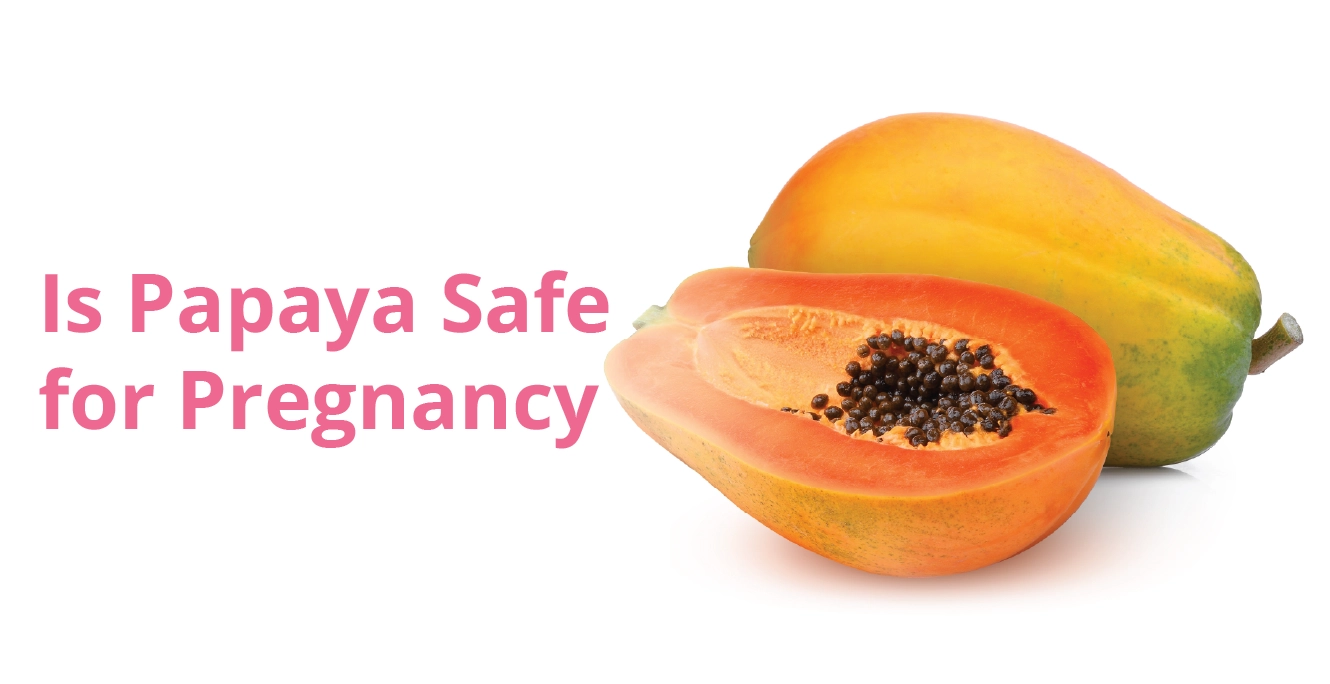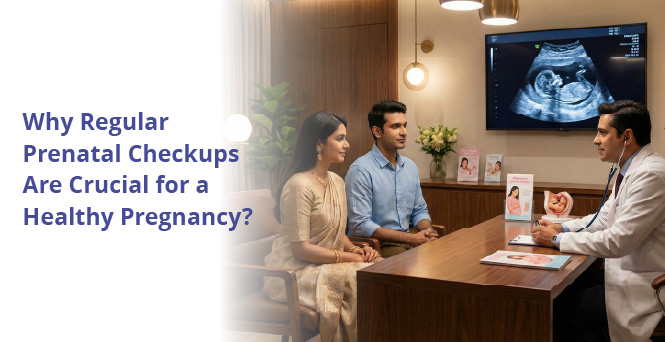
Safe Period to Have Sex and Avoid Pregnancy

Table of Contents
- Key Takeaways
- When Is It Safe to Have Sex Without Getting Pregnant?
- What Are the Safe Days to Avoid Pregnancy?
- Understanding the Phases and Duration of Your Period
- How Many Days After a Period Are Safe for Sex?
- Safe Days Before and After a Period
- Cycle Tracking for Safety: A Comprehensive Guide
- Factors Affecting the Reliability of Menstrual Tracking Methods
Key Takeaways
-
Safe days refer to periods in the menstrual cycle when conception chances are low, but tracking requires precision.
-
Ovulation is the most fertile period.
-
Safe days generally include the first 7-10 days and the post-ovulatory days in a standard cycle.
-
Factors like irregular periods, stress, and hormonal imbalances can affect reliability.
-
Consult a doctor for personalised advice and effective contraception.
When Is It Safe to Have Sex Without Getting Pregnant?
Figuring out the safe days for sex to prevent getting pregnant can be confusing, especially if you suffer from irregular periods. Many couples want to enjoy intimacy without worrying about an unplanned pregnancy. The good news is that by simply understanding the menstruation process, you can identify the safe period for sex to avoid pregnancy. In this article, we’ll discuss the science behind fertility and share practical tips to assist you in identifying your safe days for avoiding pregnancy.
What Are the Safe Days to Avoid Pregnancy?
Safe days, also known as the safe period, refer to the days in a female’s cycle when the chances of getting pregnant are relatively low. These days are determined by understanding the different phases of your period.
The menstruation cycle generally spans approximately 28 days; however, this can differ among individuals. It comprises four key phases: menses, follicular phase, ovulation, and luteal phases. Safe days are distinct from the fertility window, which represents the period when a woman has the highest likelihood of conceiving.
Understanding the Phases and Duration of Your Period
The menstrual cycle is a series of hormonal changes that prepare a woman’s body for pregnancy. Here’s a breakdown of the four phases:
Menstrual Phase
The menstrual phase marks the beginning of your period and involves the shedding of the uterine lining. This stage normally spans 3 to 7 days and is accompanied by menstrual bleeding. During this phase, pregnancy chances are low since the egg from the previous cycle was not fertilised.
Follicular Phase
This phase begins on day 1 of your period and continues until ovulation. During this stage, the pituitary gland produces follicle-stimulating hormone (FSH), which promotes follicle development in the ovaries. Each follicle houses an immature egg. This phase generally spans between days 10 and 14.
Ovulation Phase
Ovulation occurs when a mature egg is released from the dominant follicle in the ovary. This typically happens on the 14th day of a 28-day cycle, but it can vary depending on the individual. The egg survives for approximately 12-24 hours after being released. This is the most fertile time of your period.
Luteal Phase
The luteal phase begins after ovulation and continues till the beginning of the following period. During this phase, follicular remnants that release the egg form a structure called the corpus luteum. This mass of cells produces progesterone, preparing the uterine lining for the possible implantation of a fertilised egg. If fertilisation fails to occur, the corpus luteum disintegrates, progesterone levels drop, and the uterine lining is shed, marking the beginning of a new cycle.
How Many Days After a Period Are Safe for Sex?
The first 7 days of menses are considered the general safe-day range after menstruation, starting from the first day of the period. This is because the egg has not yet been released, and the chances of conception are low. However, this range may vary depending on the duration of an individual’s cycle and the timing of ovulation.
Calculating safe days: The basics
To calculate safe days, understanding the duration of your menstruation cycle is important. A standard 28-day cycle is often used as an example, but many women have shorter or longer cycles.
Standard 28-day cycle: Example calculation
In a 28-day cycle, ovulation usually takes place around the 14th day. The fertility window, which is the time when pregnancy is most likely, is usually between days 11 and 16. This means that the safe days would be between days 1 and 10 and days 17 and 28.
|
Cycle Day |
Phase |
Fertility Status |
|---|---|---|
| 1-7 |
Menstrual |
Safe |
| 8-10 |
Late Follicular |
Safe |
| 11-16 |
Fertility Window |
Unsafe |
| 17-28 |
Luteal |
Safe |
Variations in cycles: shorter or longer cycles
Women with shorter cycles (e.g., 21 days) may have a shorter safe period, as ovulation happens earlier. In contrast, women with longer cycles (e.g., 35 days) may have a longer safe period, as ovulation happens later. It’s crucial to track periods regularly to determine individual patterns and identify safe days accurately.
Safe Days Before and After a Period
Safe days before ovulation are the days leading up to the fertility window. These are typically the first 7-10 days of the cycle, depending on the individual’s cycle length. Non-fertile days after ovulation are the days following the fertility window until the beginning of the next period. The role of the fertile window in planning is crucial, as it helps identify the days when conception is most likely to occur.
India has a rich tradition of practicing natural family planning techniques long before modern contraceptives emerged. These methods, deeply rooted in cultural practices, highlight an ancient understanding of fertility indicators like basal body temperature and cervical mucus changes. Even today, approximately 10-12% of Indian couples use these time-tested approaches.
Is it safe to have sex just after periods?
Having sex just after your period does not guarantee protection against pregnancy. While the chances of conception are lower during the first few days of the cycle, there are risks associated with relying solely on this assumption.
Are 5 days after menstruation safe for sex?
The safety of having sex 5 days after menstruation depends on the individual’s cycle length and the timing of ovulation. In a 28-day cycle, day 5 would still be considered within the safe period. However, for women with shorter cycles or irregular ovulation, day 5 might be closer to their fertile window, increasing the risk of pregnancy.
Variability in ovulation timing for different women
Ovulation timing can vary significantly among women, even for those with regular cycles. Factors such as stress, hormonal imbalances, and some medications can affect the timing of ovulation, making it less predictable. This variability highlights the importance of accurate cycle tracking for determining safe days.
The effectiveness of tracking the “safe period” for avoiding pregnancy relies heavily on regular menstruation. However, stress, diet, and lifestyle changes can influence cycle regularity, leading to unexpected ovulation. A study in The Lancet Global Health highlights a typical-use failure rate of up to 20% for fertility awareness methods. Being aware of these factors is crucial.
Cycle Tracking for Safety: A Comprehensive Guide
Several methods are available for tracking your cycle to identify safe days:
Calendar/rhythm method: tracking period dates
The calendar method involves recording the start and end dates of your periods on a calendar. By tracking your cycles over several months, you can calculate the average length of your cycle and estimate your safe days.
Basal body temperature (BBT) method
The BBT method involves measuring your basal body temperature daily and recording it on a chart. Typically, your BBT increases slightly (by approximately 0.5°F) after ovulation because of an increase in progesterone levels. By identifying this temperature shift, you can determine the timing of ovulation and calculate your safe days accordingly.
Cervical mucus method for fertility awareness
In the cervical mucus method, changes in the consistency and appearance of cervical mucus are observed throughout your period. Just before ovulation, the cervical mucus is clear, stretchy, and slippery, similar to raw egg whites. After ovulation, the mucus becomes thicker, cloudy, and less abundant. By tracking these changes, you can identify your fertile window and safe days.
Apps and tools for cycle tracking
There are numerous apps and tools available for monthly tracking and predicting your safe days. These apps often use algorithms based on the calendar method, BBT method, or a combination of both. Some popular apps include Clue, Flo, and Natural Cycles.
Fact: While the rhythm method offers a natural way to prevent pregnancy, it demands meticulous tracking and discipline. Irregular periods make predictions challenging, increasing the chances of error. Women should be informed about the potential for miscalculations when relying only on this technique for contraception.
Factors Affecting the Reliability of Menstrual Tracking Methods
While tracking your monthly cycle can help identify safe days, several factors can affect the reliability of these techniques:
Irregular Cycles and Their Impact on Calculation
Irregular cycles can make it challenging to predict ovulation and calculate safe days accurately. Women with irregular cycles may have a harder time relying on the safe period method for avoiding pregnancy.
Stress, Hormonal Imbalances, and Cycle Variations
Hormonal imbalances and stress can cause variations in the cycle, affecting the timing of ovulation and the duration of the luteal phase. These factors can make it more difficult to predict safe days consistently.
Medications or Medical Conditions That Affect Ovulation
Certain medications, such as hormonal contraceptives, and medical conditions, like polycystic ovary syndrome (PCOS) or thyroid disorders, can impact menstrual cycle regularity and ovulation. Women taking these medications or suffering from these conditions should consult their doctor for guidance on safe days and family planning.
Word from an expert:
While the safe period method can be an effective way to avoid pregnancy for some women, it’s essential to understand that it requires diligent tracking and a thorough understanding of your menstrual cycle. No method is 100% foolproof, and factors like irregular cycles or unexpected ovulation can increase the risk of pregnancy. Using effective contraception is always important if you wish to avoid pregnancy. If you’re unsure about your safe days or have concerns about the reliability of this method, it’s always best to consult with your healthcare provider for personalised advice and guidance. ~ Dr. Prachi Benara
Our Fertility Specialists
Related Blogs
To know more
Birla Fertility & IVF aims at transforming the future of fertility globally, through outstanding clinical outcomes, research, innovation and compassionate care.
Had an IVF Failure?
Talk to our fertility experts

 Our Centers
Our Centers










